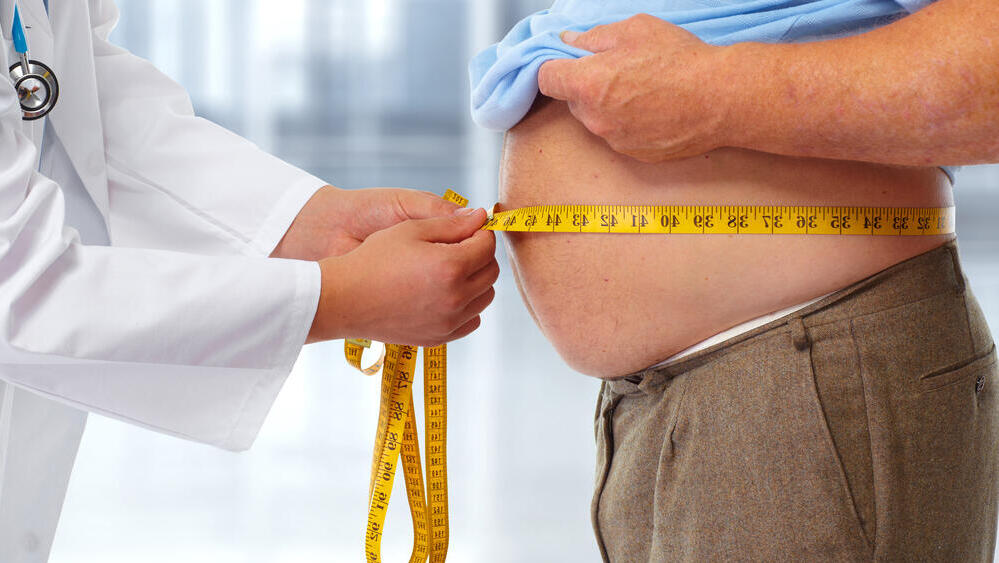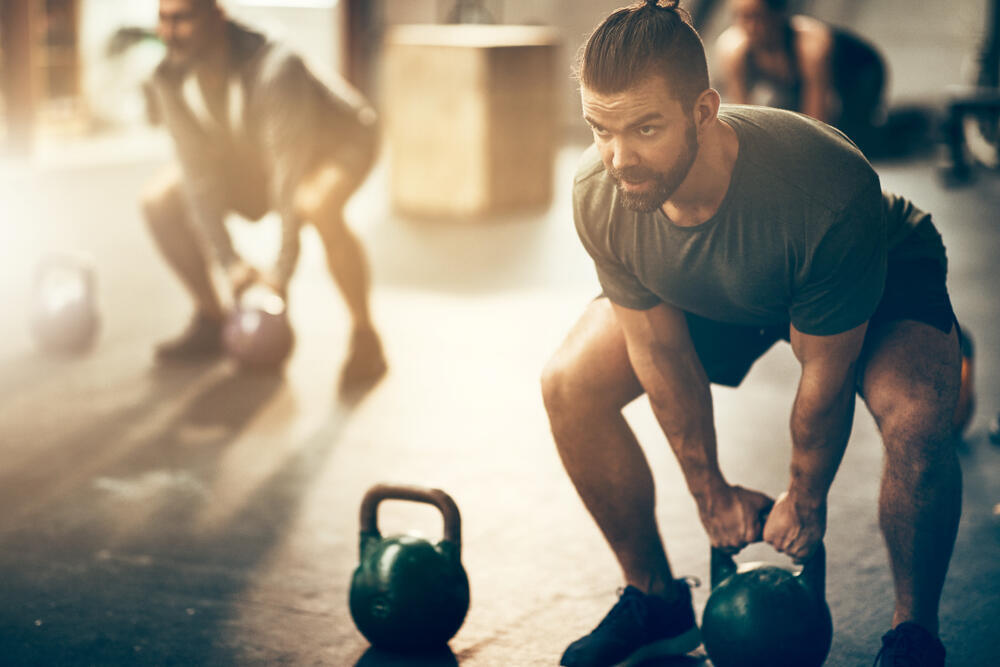Getting your Trinity Audio player ready...
Weight loss isn’t an exact science. In many cases, physical activity doesn’t lead to weight loss as we expect. Beyond the great frustration, the question of what type of activity is most effective in supporting the process is asked often. Professor Yftach Gepner, head of Tel Aviv University’s Health Promotion Department at the Faculty of Medicine, provides some interesting insights on the matter.
Given the troubling fact that 60% of the adult population in Israel is overweight or obese, and that 50% of them try to lose weight every year, it's clear that failure to shed off excess kilograms often ends in failure. Over 80% of people with excess weight who try various diets climb back to their initial weight.
Furthermore, a recent study conducted among 3,001 Israelis found that one-third of the population with normal weight (BMI 18.5-25) live with obesity according to fat percentage measurements in their bodies. The situation is troubling, experts say.
So how can we deal with growing obesity rates when most of us fail to combat it again and again? Scientific evidence suggests that physical activity may be a key factor for success. We just need to know how to use it.
How can we maintain our weight loss over time?
Our body weight is determined by the ratio between energy expenditure and energy intake. For this reason, a person who expends more energy than the calories they consume daily will experience a calorie deficit until the metabolic change of weight loss occurs. Patience with the process, the desire for tasty food, or a combination of them all can lead someone to stop the process.
I’ll be focusing on the first aspect, metabolic change, because it is the only non-behavioral component of weight loss. Energy expenditure in the human body largely consists of resting metabolic rate, which decreases as weight lowers, primarily from lean body mass (non-fat body mass).
In simpler terms: this leads us to stop losing weight because the calorie deficit, which we had just a few months ago, is decreasing "for the good" of the body’s fat stores saved for emergencies or crises.
In weight loss, it is customary to refer to the rule of quarters: when a quarter of the weight loss is lean body mass, it leads to a decrease in energy expenditure. With the understanding that we must preserve lean body mass as much as possible in the weight loss process, while reducing fat mass, we’ll delve into the ongoing question of the benefits of the type of physical activity in the process.
What are the advantages of resistance training in the weight loss process?
Weight loss is characterized by a catabolic process (muscle breakdown), in which a sequence of metabolic actions occurs, mainly due to energy deficiency, leading to a reduction in fat and lean body mass.
It would have been wonderful if only we could turn on the fat-burning switch and turn off the muscle-burning switch, right? Surprisingly, we do have the option to perform tissue-focused "metabolic adaptation," thanks to a marvelous evolutionary trait, whereby the human body adjusts to physical demands and the environment in order to survive.
Whether it's the creation of new blood vessels around the heart muscle after myocardial infarction, improvement in the brain’s memory region after a stroke (especially in women), or bone thickening after a fracture – our body knows how to adapt, and adaptations to physical training are among the most fascinating, at least to those who study them.
Indeed, recent studies show that the body has the ability to lose weight and preserve muscle mass in a greater capacity than we thought, as long as significant resistance training is involved, providing anabolic stimuli (muscle builders) for muscle-building proteins.
This holds true even in the elderly population. In the largest and most well-controlled study in the field, conducted by Dennis T. Villareal from Houston, Texas, it was shown that subjects with an average age of 70 who engaged in supervised strength training three times a week for two years lost only one kilogram of lean muscle mass out of 8.5 kilograms of weight loss.
Beyond the muscle mass itself, strength and physical function are equally important and strongly linked to disease prevention, injury prevention and metabolic health – preserving energy expenditure. Studies among younger individuals have also shown that strength training increases muscle mass, despite weight loss during a calorie-restricted diet.
What are the advantages of aerobic training in the weight loss process?
Aerobic activity improves cardiovascular functions, reduces inflammatory processes in the body, and enables better blood flow to body tissues. Studies examining the metabolic benefits of aerobic exercise during weight loss consistently show a decrease in fat mass, particularly in the most dangerous areas - visceral fat and liver fat accumulation.
Furthermore, fat reduction in these areas has been observed even with slight weight loss, and even without weight loss at all. In other words, aerobic exercise can be used to become slimmer and healthier without a major change in weight.
However, aerobic exercise alone doesn’t prevent the atrophic process (muscle breakdown), so over time we can expect to see a decrease in muscle mass, a decrease in energy expenditure, and thus an increased likelihood of regaining weight.
What's the bottom line?
1. Resistance training can preserve and even increase lean body mass during weight loss. In contrast, aerobic exercises can accelerate fat loss, especially visceral fat, in addition to improving cardiovascular endurance.
Therefore, the combination of strength training and aerobic exercises during calorie deficit-induced weight loss carries an important health advantage, alongside preserving muscle mass and energy expenditure, thereby preventing the regaining of weight.
2. There is crucial importance in one’s body composition, namely fat mass versus lean body mass, during the weight loss process. Rapid weight loss or the halt of weight loss doesn’t necessarily reflect the desired change for you.
3. Be consistent with physical activity. Even if weight loss stalls, you've suffered a sports injury or you're tempted to stay indoors, get out and exercise. Your body will thank you for it.







